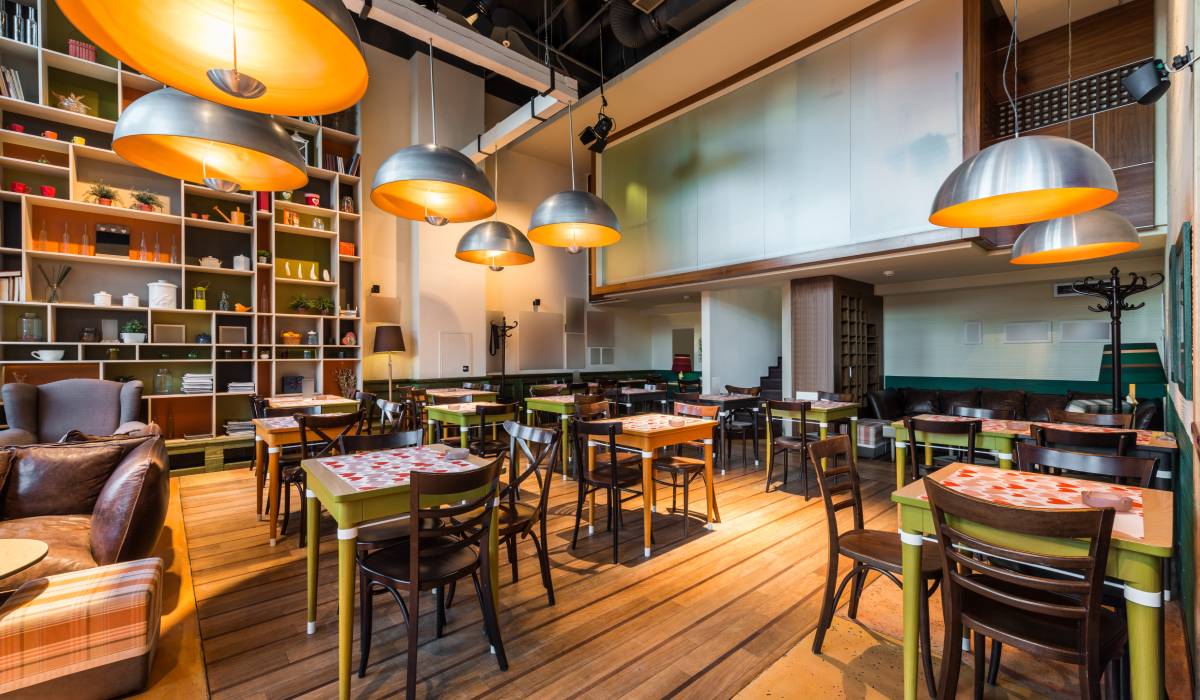After years of shutdowns, 70 percent of Americans are now dining on-site at restaurants at least once a month, and full-service restaurants are eager to meet heightened customer expectations as they return.
However, the pandemic has both exposed and exacerbated persisting challenges that threaten restaurant operations and profitability. Staff shortages are also impeding recovery, with most operators forecasting understaffing challenges to continue through 2022. High restaurant employee turnover is further delaying the recoupment of past losses, with restaurant staff turnover rate increasing 44 percent in 2021 alone.
The establishments most successful in tackling these challenges are those turning toward cutting-edge technologies, employing everything from kitchen robots to AI-based reservation software. One tool finding its way into both back (BOH) and front of house (FOH) is facial recognition technology (FRT). FRT can identify employees and customers who have opted in with extremely high accuracy.
In an era where efficiency and customer loyalty are key to restaurant success, operators who are open to trying new tools will have a leg up on the competition. Facial recognition will streamline BOH operations while creating an opportunity to provide unmatched customer service and convenience.
For the customer
Customers returning to in-person dining expect their dining experience to feel more unique, so arguably the greatest use of FRT in full-service restaurants is to enhance personalization, even amid staffing shortages.
With facial recognition cameras installed, regulars who have opted in can be instantly recognized and greeted by name by hosts and waitstaff, regardless of how new they are to the job. This capability is already being implemented in casinos.
Combined with a robust CRM software, FRT could also help enhance a guest’s experience by tying their order history and preferences to their identity. Soon, serving staff will be able to obtain a regular’s profile as soon as they walk through the doors, and use this knowledge to seat them at their favorite table, acknowledge their food allergies, and even offer recommendations based on their preferences. When it comes time to close the check, registered guests could use their face to verify a card on file, all of which would free up more time for servers to engage with guests.
Taking it further, if a restaurant linked its roster of customers across its locations, it could provide this level of preferential treatment to guests no matter which venue they enter, creating a more consistent VIP experience to satisfy more demanding guests.
Streamlining waitstaff operations
In this era of high employee turnover, efficient and accurate payroll calculations are key. Currently, however, the process for tracking restaurant worker time and attendance can be cumbersome and vulnerable to fraud.
By connecting a facial recognition solution to new or existing security camera systems, restaurants can automatically sign in servers, hosts, and kitchen staff as soon as they walk into the building with close to 100 percent accuracy, even when they are masked, providing more accurate staff attendance records for more efficient payroll calculations.
Once the entire restaurant staff is registered with FRT, the technology can also streamline order input. Instead of making waiters search for the right table to choose from a POS screen picturing the whole dining room, a computer with FRT installed will recognize a specific waiter and automatically display only the tables to which they’re assigned, reducing the time spent putting in orders and helping a smaller waitstaff spend more time interacting with customers.
In the kitchen
Facial recognition is currently being used in factories to ensure only the specific workers assigned to assembly stations can operate specific machinery, and this same principle can be applied in the kitchen.
Imagine a FRT connected meat-cutting band saw that only allows the machine to turn on for those authorized to operate it, thereby reducing safety risks. In the same way, FRT access control could secure an entire kitchen, restricting entry to only those with proper food safety training and wearing the proper gear.
In the future, this rapid and accurate identification process could also help restaurants alleviate some of pressure dedicated delivery puts on staff. Picture an automated system that identifies drivers and connects them directly to their order, without disrupting dining-in staff.
The future of restaurants
While it may seem distant, top facial recognition solutions are easier to install than people imagine and don’t require the purchase of powerful computers or specialized cameras. The top facial recognition software works at the edge, requiring much less computing power, so almost any IP camera or video management system in a restaurant can accommodate them.
To become an indispensable tool for the future restaurant operator, facial recognition must respect consumer privacy by allowing people to opt in and out. Consumers are already accepting FRT in their daily lives to do everything from opening their phone to breezing through security lines at the airport. So, for the added convenience it provides, consumers and operators alike are ready to adopt FRT when they are informed of its use.
With more operators discovering the power of FRT to overcome current challenges, its widespread use in hospitality venues will become a reality, helping restaurants of the future operate with less overhead while providing an enhanced customer experience.
Richard Carriere is the Senior Vice-President & General Manager of CyberLink, a world leader in facial recognition technology. He leads worldwide marketing, overseeing branding, strategy, communications, and web commerce. He also manages the company’s U.S. operations. Richard holds a master’s degree of Business Administration from the Amos Tuck School at Dartmouth College. He also graduated from the London Business School and the Université de Montréal.











